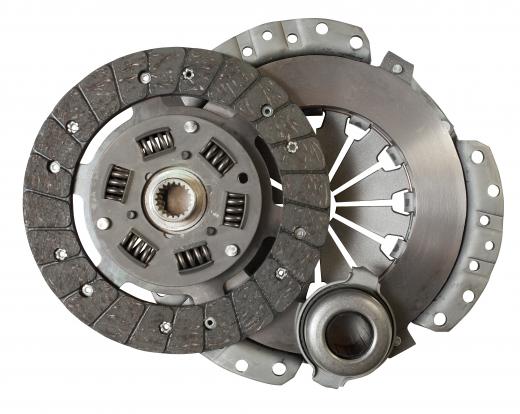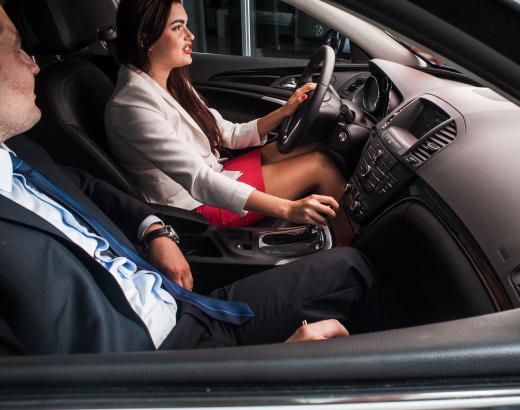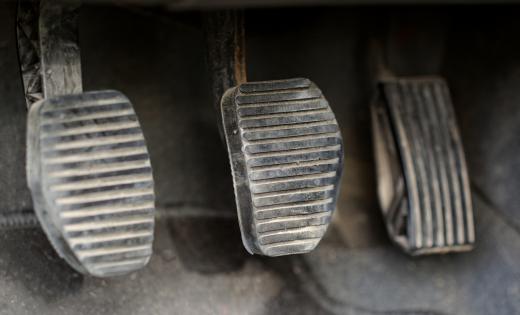An overrunning clutch is a device designed to mechanically separate the driveshaft from the driven shaft when the driveshaft behaves in a certain way. The overrunning clutch operates when the driveshaft or input rotates slower than the driven shaft or output. It also disengages when the driveshaft completely stops.
A driveshaft is an automotive mechanism that transfers the torque from one source to another. It serves as a connector between the torque input and the rotation output. In cars, driveshafts transfer torque from the engine and turns the wheels.

Carbureted engines benefit from overrunning clutches because they conserve fuel and lessen the wear and tear on the manual clutch. Engine breaking, however, will no longer be available which leads to increased brake wear. Another benefit is that an overrun clutch makes it possible to shift gears in a manual transmission without lifting the clutch pedal.

Aftermarket overrun clutch equipment is commercially available as a safety attachment to some agricultural equipment. These devices are usually added to tractors and hay baylers without a live power take-off (PTO). Attaching an overrun clutch to a tractor prevents it from unintentionally moving forward, which can be a safety hazard.
When the overrunning clutch disengages, the output gear is free to turn. The energy from its momentum allows it to keep rotating. This is known as freewheeling, which is why an overrunning clutch is sometimes called a freewheel.

To illustrate, two gears can be pictured, one inside the other. The inside gear contains teeth while the outside gear has indentions. When the inside gear rotates faster or in the same direction as the outside gear, the teeth hooks to the indentions.
If the inside gear moves forward, the outside gear is forced to move forward as well. Between those two gears is a mechanism designed to detach the gears when the outside gear moves faster than the inside gear, when the inside gear rotates in the opposite direction, or the inside gear stops moving.
Bicycle wheels are a common application for overrun clutches. The wheels move when the pedal is pushed. In some types of bike, when the biker stops pedaling, the bicycle continues to move forward. This is the same reason why back pedaling won't move the bicycle backward in many cases.
Ratchets apply the same principle as the overrunning clutch. Tools like the socket wrench contain a simplified version of the overrunning clutch inside it. The internal ratchet allows the operator to continually turn a tool in the same direction without lifting his hand.
